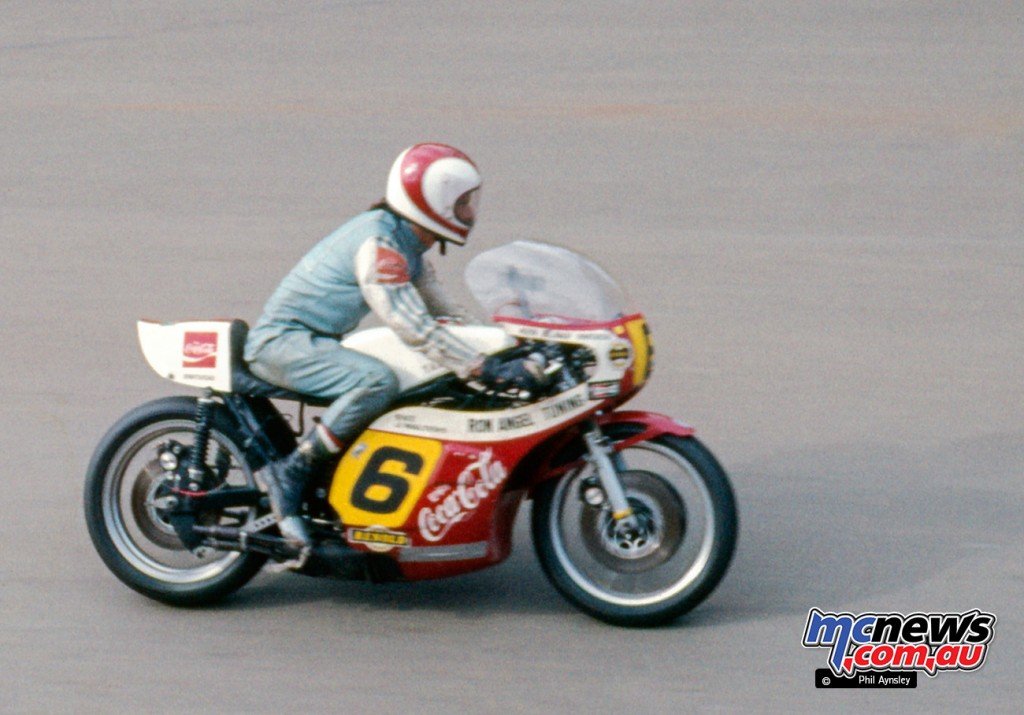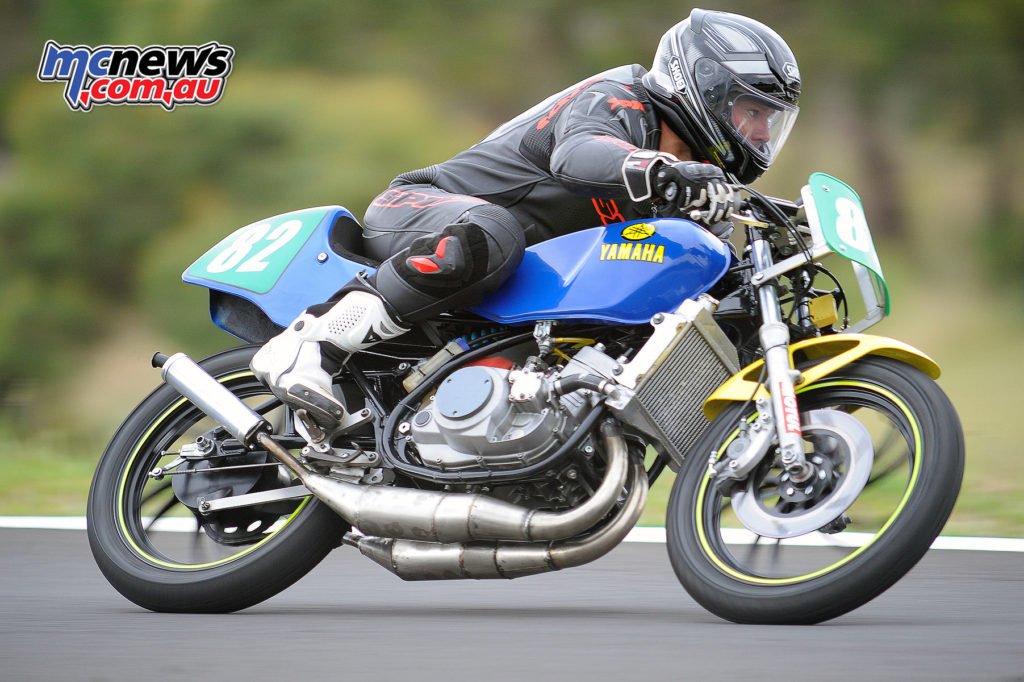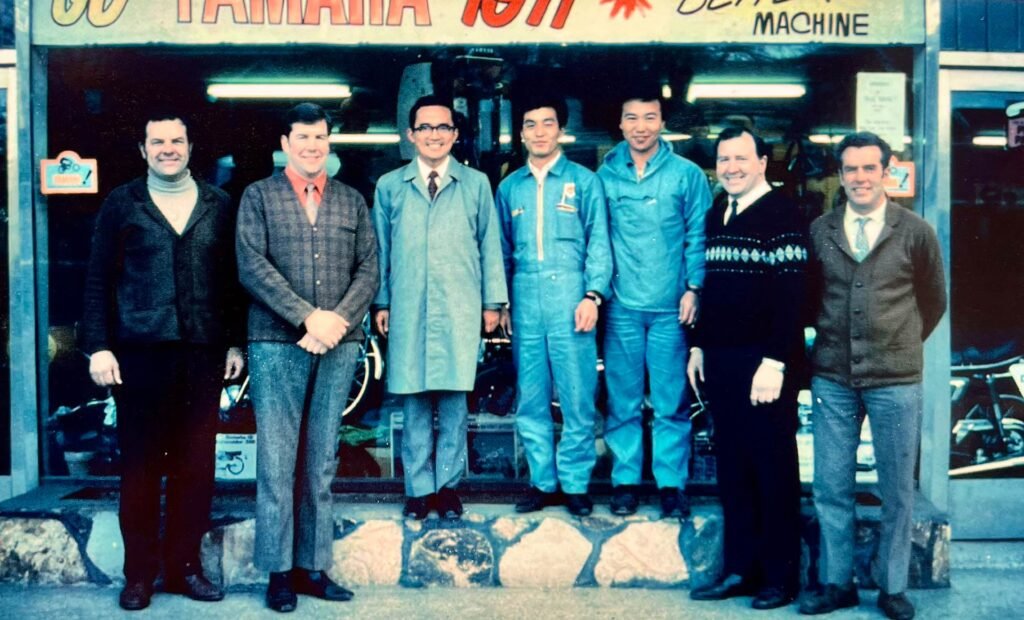Pitmans Bikes
By Colin Gitsham
Congratulations Pitmans Bikes on 80 years of constant high quality of passionate service to the motorcycling group of Australia, however specifically, South Australia.
We locals right here in South Australia know the title Pitmans Bikes properly. Nonetheless, older motorcyclists—myself included—recognise simply how a lot this legendary household has contributed to our beloved sport and past-time over the many years. From retail to wholesale (as an importer and distributor), and their energetic involvement in racing, Pitmans has not solely stood the check of time as a profitable enterprise however has additionally given again generously to the motorcycling group. Their legacy is a testomony to their ardour and dedication to all issues on two (and three) wheels.
Because the enterprise continued to develop, the necessity for bigger premises turned evident. This led to the development of a brand new two-story store on Most important North Highway within the suburb of Prospect. As soon as opened, Roy Pitman, all the time a savvy businessman, diversified additional by promoting electrical merchandise, reminiscent of vacuum cleaners, on the higher stage of the shop. By this time, Bonwil and Glen had been deeply concerned within the household enterprise, and by the Seventies, issues had been progressing quickly.
The Pitman household additionally had a long-standing ardour for boating. Roy himself constructed boats as a interest, which finally turned one other aspect of the enterprise. One notably memorable creation was a 25-foot picket craft powered by a struggle surplus V8 Cadillac inboard motor.
By 1975, Pitmans added Yamaha (Mariner) marine merchandise to their ever-growing vary, additional solidifying their place as a diversified powerhouse within the motorcycling and marine industries.
The Seventies marked essentially the most profitable decade for Pitmans, pushed by a booming demand for bikes. The enterprise expanded considerably, rising to 4 Yamaha shops throughout Adelaide. Along with the unique Prospect retailer, new places had been established within the metropolis, St. Marys, and Valley View, together with a stand-alone marine retailer on Most important North Highway. To help their importer and distributor operations, which now prolonged to the Northern Territory, a retailer was additionally opened in Darwin.
As gross sales continued to climb and the community of sellers grew, the necessity for a central warehouse turned important. To satisfy this demand, a brand new facility was established in Wingfield to provide their shops and different sellers throughout the area. This strategic growth helped Pitmans preserve their dominance in each the motorcycling and marine industries.
From humble beginnings, Pitmans had grown to make use of round 80 employees, with roughly 25 members of the family additionally concerned within the enterprise. By this time, they had been supplying round 40 sellers throughout South Australia and the Northern Territory with varied Yamaha merchandise. At any given time, their supplier community held roughly 2,500 bikes in inventory—a formidable feat for a family-run enterprise. Remarkably, all of those bikes operated on a “bailment” ground plan, just like consignment, with financing sourced straight from the Yamaha manufacturing facility. It was a major monetary endeavor, however Pitmans thrived by sustaining distinctive enterprise practices.
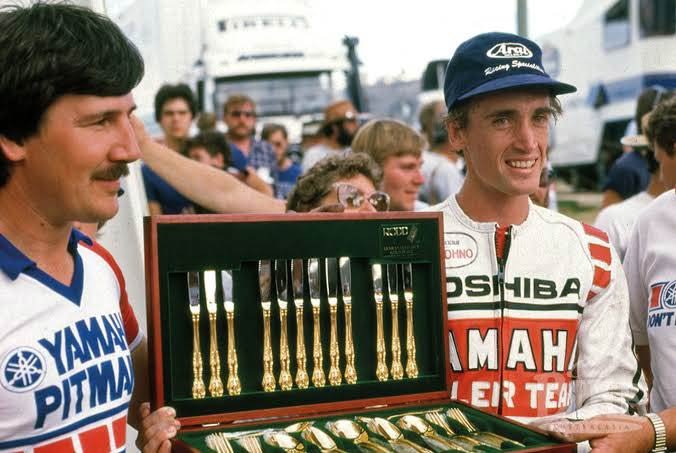
One of many standout facets of Pitmans’ operations was their astonishing 97 per cent elements stock—unmatched by some other supplier or importer in Australia, and certain the world. To place this into perspective, most companies maintain solely 15 per cent of elements inventory, which generally covers 80 per cent of annual gross sales. But Pitmans prioritised having practically each half available, making certain unmatched customer support and loyalty.
This dedication paid off. Even interstate sellers, their clients, and different importers would typically flip to Pitmans for elements as a result of it was quicker and extra dependable than ordering straight from the manufacturing facility. It was simply one other instance of how Pitmans set the usual within the business by way of laborious work and dedication to their clients.
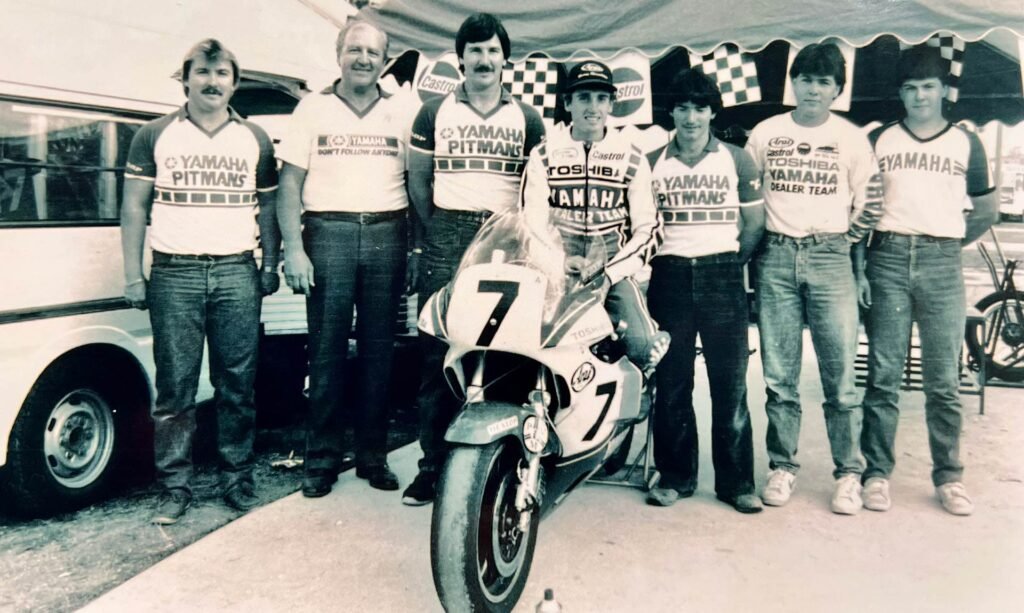
Pitmans’ peak bike gross sales continued into the early Eighties, with round 500 bikes offered every month throughout their South Australian and Northern Territory supplier community. Their shops ceaselessly ranked among the many high ten Yamaha sellers in Australia and infrequently acquired prestigious awards from Yamaha Japan. Pitmans additionally led essentially the most profitable state supplier community within the nation, persistently outperforming Honda in gross sales—an achievement distinctive to South Australia, as Honda sometimes dominated gross sales nationwide.
Nonetheless, 1983 marked a turning level when two main occasions occurred that might shake the enterprise to its core.
The primary main shift got here in 1983 when Yamaha Japan established its personal importer and distributor operations in Australia. Out of respect for Pitmans’ exceptional achievements through the years, Yamaha initially allowed them to proceed working independently because the nation’s solely non-factory importer/distributor. Nonetheless, the enterprise quickly confronted a second, tougher impediment.
Towards the top of 1983, the Australian authorities floated the nationwide foreign money, inflicting the greenback to devalue considerably. This devaluation made all imported items, together with bikes, far more costly. Because of this, bike gross sales slowed dramatically, placing extra pressure on the enterprise. These two occasions marked the start of a difficult interval for Pitmans.
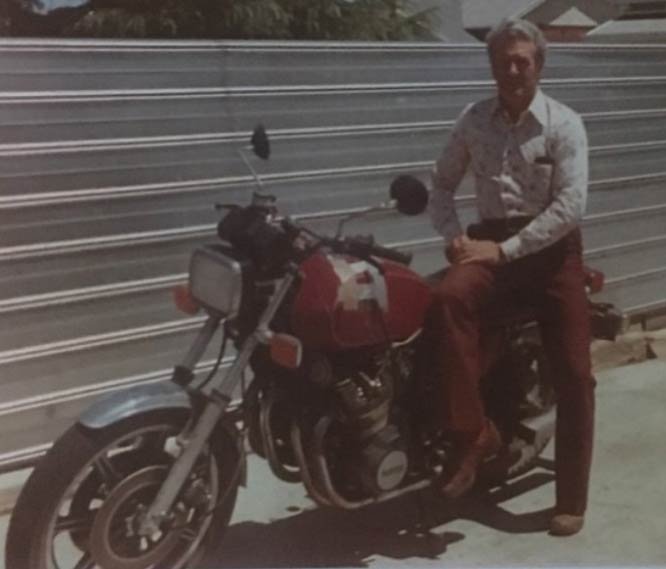
Yamaha Japan’s respect for Pitmans wasn’t based mostly solely on their robust gross sales file but additionally on their many years of shut collaboration in bike and elements growth—notably with grime bikes designed to resist Australia’s harsh setting. Pitmans supplied extra enter and help to the manufacturing facility than some other importer or distributor in Australia.
One notable instance was the testing of the Yamaha XS1100, which the manufacturing facility dropped at South Australia for high-speed endurance trials. These assessments concerned sustained using at over 180 km/h for 650 kilometres a day, demonstrating the significance of Pitmans’ experience. Even NGK, the spark plug producer, heeded Pitmans’ recommendation, utilizing their suggestions to develop extra sturdy and dependable spark plugs. This hands-on involvement in product refinement additional solidified Pitmans’ status and partnership with Yamaha.
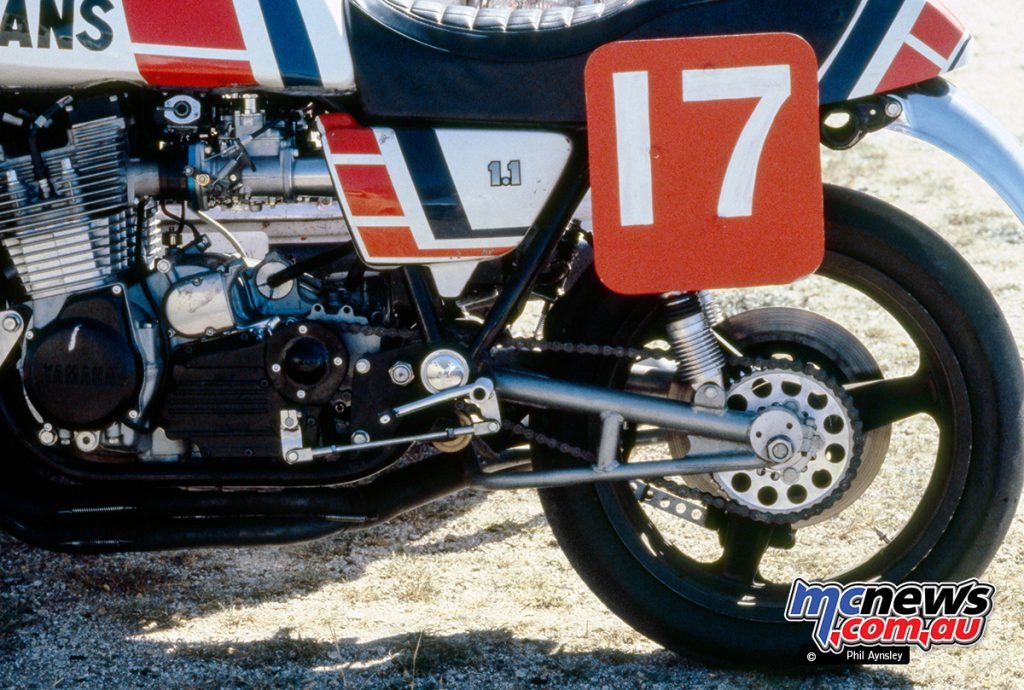
Because of the immense respect Pitmans had earned on the manufacturing facility stage, it wasn’t till 1994 that Yamaha Australia lastly took over the distribution rights for South Australia and the Northern Territory, marking the top of an period. What made this transition really exceptional and distinctive was that Yamaha truly compensated the Pitman household for these rights—one thing they didn’t do for some other importer or distributor in Australia.
This gesture was a testomony to the deep regard Yamaha Japan had for Pitmans and their contributions over the many years. It’s additionally value noting that, on the time, Yamaha’s complete annual manufacturing for Australia amounted to only a single day’s output from their factories. That speaks volumes concerning the significance of Pitmans’ achievements and the legacy they left behind.
One other key issue behind the respect Pitmans earned from Yamaha was their important involvement in racing, each domestically and internationally. The household’s ardour for bikes naturally drew them into the racing scene early on, utilizing it as a robust method to promote each the Yamaha model and their enterprise. As talked about earlier, they supplied essential help to each well-known and lesser-known riders, providing alternatives in varied methods.
Within the Nineteen Sixties, Pitmans helped promising younger racers by promoting competitors bikes just like the TD1C at value. Some riders even acquired free elements, servicing, tuning recommendation, and different help. As Yamaha racing bikes turned more and more profitable on the observe—each on and off-road—all through the Seventies, Pitmans fashioned their very own highway racing workforce to compete in native and nationwide occasions. With this effort got here even better success, driving gross sales of their showrooms.
By the late Seventies, Pitmans had reached the head of home highway racing, with their achievements garnering consideration from Yamaha Japan. Their success led to direct communication with the manufacturing facility, the place they supplied helpful suggestions and enter on additional growth of Yamaha’s racing bikes. This robust collaboration between Pitmans and the manufacturing facility helped solidify their status as an integral a part of Yamaha’s racing legacy.
Two of Roy’s grandsons, Dean and Malcolm, developed a robust ardour for highway racing within the early Seventies and had been actively concerned till 1983. Nonetheless, with the devaluation of the Australian greenback inflicting a slowdown within the bike enterprise, the main focus shifted to off-road racing, notably the Mr. Motocross sequence, which was less expensive. Dean and Malcolm continued their off-road involvement all through the Eighties.
By the top of the last decade, Malcolm transitioned to Yamaha Australia, the place he managed their Superbike workforce. His profession then took him abroad, managing Yamaha’s racing operations in Malaysia in 1995, adopted by a transfer to Europe in 1997, and finally to MotoGP in 1998. In the meantime, Dean stayed native, supporting his nephew Doug, who competed in Manufacturing and Superbike racing from 1989 onward with some success. Doug’s twin brother, Brenton, took on the position of mechanic, holding the custom of household involvement alive. As all the time, racing remained very a lot a household affair for the Pitmans.
Because the Nineties progressed and bike gross sales continued to say no, robust financial selections had been made to cut back and streamline Pitmans’ operations, particularly since they had been now not appearing as an importer/distributor. Stores had been steadily closed, and the enterprise was centralized right into a single, massive premises on Most important North Highway in Blair Athol, which housed each bike and marine operations underneath one roof.
Pitmans continued buying and selling as traditional till 2000, when BMW parted methods with the enterprise. In 2004, the marine division was offered to Pacific Marine, leaving the enterprise centered on Yamaha bikes, energy gear, and equipment. This led to a transfer right into a smaller neighboring premises.
By 2007, some members of the family determined to exit the enterprise, leading to twin brothers Brenton and Doug shopping for out their shares. Nonetheless, in 2013, Yamaha launched a brand new enterprise mannequin that didn’t align with the brothers’ operations, resulting in the Yamaha model being quickly faraway from the shop.
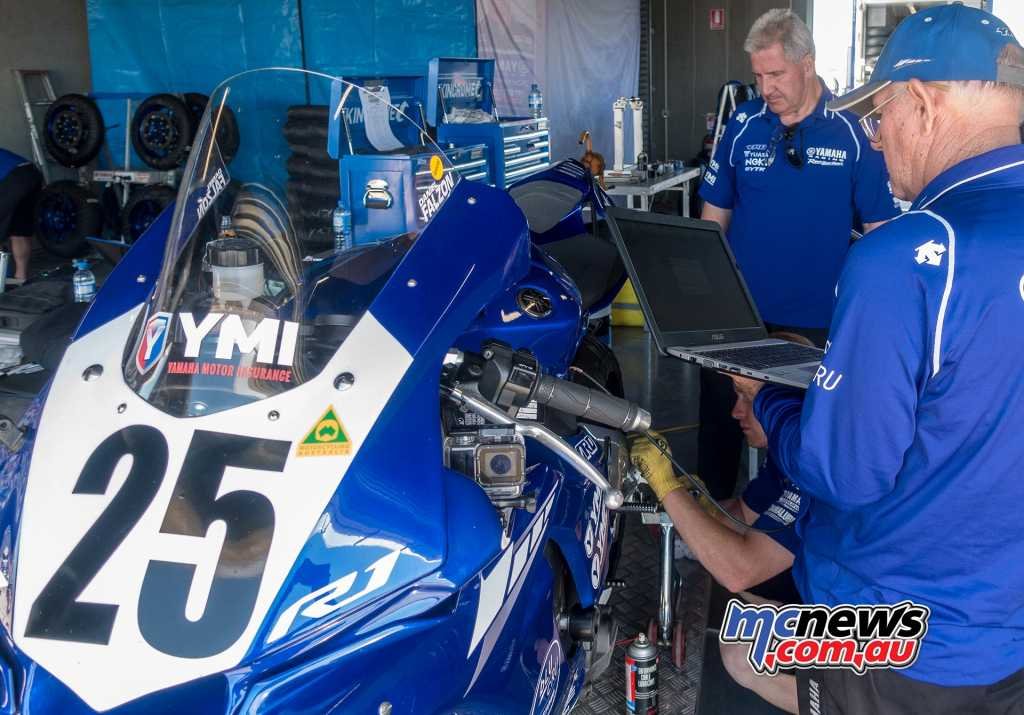
After a number of years, a renewed settlement was reached in 2021, bringing Yamaha again to its rightful place alongside the Pitmans title. At this time, the Pitmans legacy continues, with Yamaha as soon as once more a central a part of their enterprise, honoring many years of custom and excellence.
It’s been a protracted and noteworthy journey from humble beginnings, however there isn’t any doubt that the Pitman household has performed an integral position within the historical past of motorcycling in South Australia, the Northern Territory, and Australia as a complete—notably in shaping Yamaha’s legacy within the nation. Their dedication, innovation, and fervour have left an indelible mark on the business.
So, as soon as once more, congratulations and joyful eightieth birthday, Pitmans. Your historical past is a narrative of success and laborious work, and your contributions are a testomony to a job exceptionally properly executed. You’ve each cause to be happy with this unimaginable legacy!
Trending Merchandise


